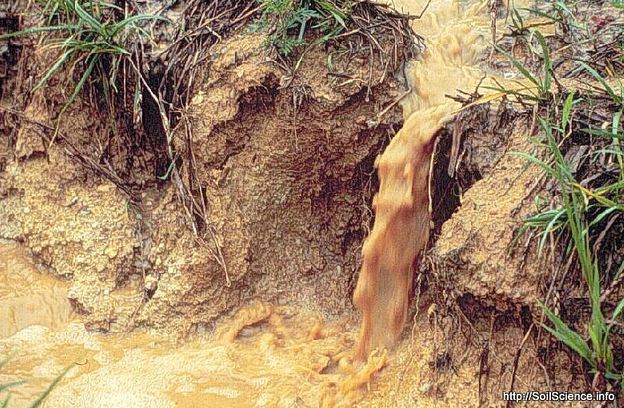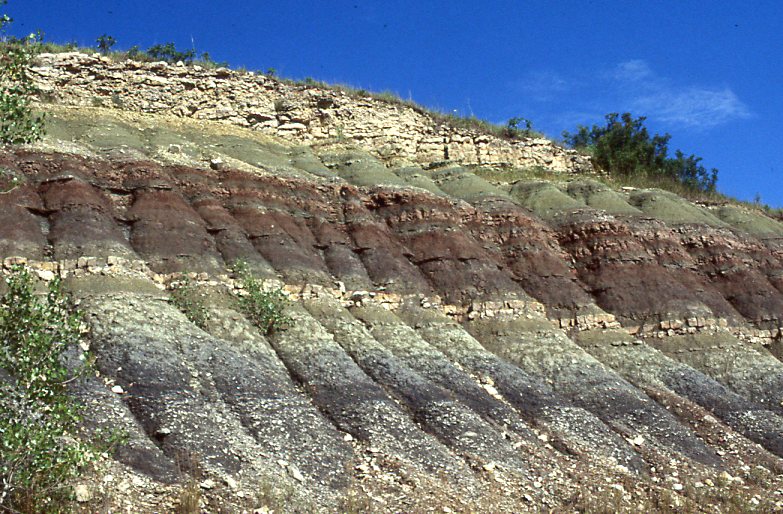Navigating the Changing Immigrant Health Care Landscape in Immokalee, Florida
Michele Bolduc is a PhD candidate at the University of Kentucky interested in the changing geographies of health and health care in rural places.
Michele Bolduc is a PhD candidate at the University of Kentucky interested in the changing geographies of health and health care in rural places.
The University of Kentucky Office of Nationally Competitive Awards has announced that three of the university's students have been selected to receive government-funded National Science Foundation (NSF) Graduate Research Fellowships.
University of Kentucky doctoral student Nate Millington recently received the U.S. Department of Education's Fulbright-Hays Doctoral Dissertation Research Abroad Fellowship
Mark Kornbluh, dean of the University of Kentucky College of Arts and Sciences, announced today that Sue Roberts, professor of geography, has accepted the positions of associate dean for international affairs
This is a continuation of a previous post, and this one will be even less intelligible unless you read that one first.
So, even though we rarely use the term, geoscientists have our metanarratives. Metanarrative is something of a perjorative for postmodern (pomo) critical social theorists, but just because because a metanarrative doesn’t really explain everything, even within its domain, doesn’t make it wrong, useless, or even hubris-y. As long we don’t make claims or insinuations, or have expectations, of a “theory of everything,” overarching theories or explanatory frameworks can be evaluated on their own merits or lack thereof—that is, whether a construct can be considered a metanarrative or not is independent of its utility and value.

A lot of us in the geoscience business are concerned these days with interpreting ongoing and past, and predicting future, responses of landforms, soils, and ecosystems to climate change. As one of my interests is rivers, I have noted over the years that in a lot of the literature on paleohydrology the major changes, such as major influxes of sediment, seem to occur at climate transitions, rather than after climate changes or shifts have had a chance to settle in and exert their impacts for awhile.
A related issue is the relationship between precipitation, temperature, runoff, erosion, and vegetation. As climate changes both temperature and precipitation regimes change. And as every physical geography student knows, moisture availability is not just about precipitation, but the balance between precipitation and evapotranspiration (ET). So, if both temperature and precipitation are increasing (as is the case on average on much of the planet now), whether available moisture increases or decreases depends on the relative increases of precipitation and ET.

Soil erosion on cropland.
Justice has been a reference point for radical and critical geographers for more than 40 years. Geographers’ engagements with issues of justice, however, have always been defined by wariness toward political philosophies of justice. These are variously considered too liberal, too distributive in their orientation, or too universalizing. The wariness, in short, indicates the parameters that define the prevalent spatial imaginary of radical and critical human geography: self-consciously oppositional, concerned with the production of structural relations, sensitive to context and difference. Barnett explore two overlapping strands of contemporary political philosophy and political theory that have recently developed arguments for ‘the priority of injustice’ in the elaboration of democratic theory.
Anna Secor, professor of geography, social theory, and gender and women’s studies at the University of Kentucky College of Arts and Sciences, has been named the university’s first Hajja Razia Sharif Sheikh Islamic Studies Professor.
This is a continuation of my earlier post on applying state-and-transition models (STM) to stratigraphic information, to account for the missing bits.

Barrell’s (1917) explanation of how oscillatory variations in base level control the timing of deposition. Sedimentation can only occur when base level is actively rising. These short intervals are indicated by the black bars in the top diagram. The resulting stratigraphic column, shown at the left, is full of disconformities, but appears to be the result of continuous sedimentation. Noted sedimentologist Andrew Miall has used this example in several articles to illustrate the problems of gaps in sedimentary & stratigraphic records.
The reconstruction of past environmental change is more important than ever. First, we look for precedents, principles, and lessons from the past as we try to understand and predict ongoing and future environmental change based on the fundamental wisdom that “if it did happen, it can happen.” Second, all kinds of new ideas on the coevolution of life, landforms, climate, and Earth itself need testing, verification—and maybe most importantly—hypothesis generation from the historical record.
The most important historical records for all but the past couple of centuries are stratigraphic. Environmental change is recorded in the sedimentary rock record, in geologically modern sedimentary deposits, and in soil layers. However, geoscientists have long realized that the stratigraphic record is incomplete—“more gap than record,” Derek Ager famously pointed out, with the preserved events equally famously termed “frozen accidents.” The current state of affairs is well summarized in and recently published volume titled Strata and Time: Probing the Gaps in Our Understanding (Smith et al., 2015).
